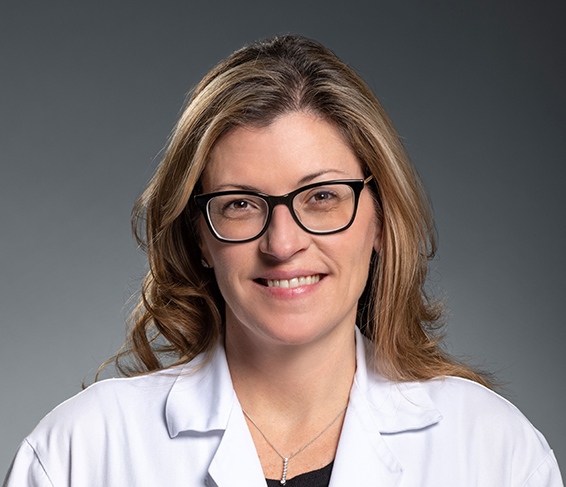Although there is currently little evidence that breast self-exams help find breast cancer early when women also get screening mammograms, doing regular self-exams can be a way for you to keep track of how your breasts look and feel, according to the American Cancer Society. Any changes in your breasts should be reported to your doctor.
It can be natural to panic if you find a lump, but remember: Most breast lumps are not cancer. Still, be sure to tell your doctor if you notice something in your breast that feels unusual to you.
Here are some tips for how to perform a breast self-exam. Note that you should use a moderate amount of pressure when conducting the exam, and that it is best to perform the exam around the same time every month.
Step #1
Stand up straight in front of a mirror and put your arms on your hips. Inspect both of your breasts for:
- Bulging or puckering of the skin
- Changes in the contours of the breasts
- Swelling or dimpling of the skin
- A nipple that has inverted (pushed inward)
- A nipple that has changed position
- Redness, soreness, swelling, or rash
Step #2
Raise your arms above your head to see if any of the same changes occur.
Step #3
Lie down on your back and place a pillow under your left shoulder, and place your left arm behind your head. Then:
- Firmly and smoothly use the pads of your right-hand fingers to inspect your left breast.
- Using a circular motion about the size of a quarter, cover the entire breast, pressing the breast tissue flat against the chest.
- Inspect the collarbone to the top of the abdomen, and from the armpit to the cleavage.
Use light, medium, and firm pressure to inspect all of the breast tissue.
Step #4
Repeat these steps for your right breast, placing your right arm behind your head to inspect the right breast.
These steps can also be performed while standing or sitting, or while you are in the shower, whichever is most comfortable for you.
Know what your breasts feel like
The key is to know what your breasts feel like; everyone has “lumpy” breast tissue. By knowing what your breasts feel like, you are more likely to be able to detect a change or a new finding. If you think you feel a new lump or change in the breast, always remember to check the same area on the other breast. If both breasts feel the same, it is likely okay, but always bring a new finding to your doctor’s attention.
About the Medical Reviewer

Dr. Tari A. King is the Anne E. Dyson Professor of Surgery at Harvard Medical School, the chief of the Division of Breast Surgery and the vice chair of multidisciplinary oncology in the Department of Surgery at Brigham and Women's Hospital, and the chief of breast surgery at Dana-Farber Brigham Cancer Center. She is also the director of the Breast Cancer Personalized Risk Assessment, Education and Prevention (B-PREP) Program at Brigham and Women's Hospital.
Dr. King received her medical degree from University of Colorado Health Sciences Center and completed a general surgery residency at Ochsner Clinic Foundation Hospital (now Ochsner Medical Center) in New Orleans. Dr. King completed both a surgical research fellowship and a breast surgery clinical fellowship at Memorial Sloan Kettering Cancer Center. Her clinical and research efforts focus on improving clinical management strategies for women at high risk of developing breast cancer with a special emphasis on lobular carcinoma in situ and atypical hyperplasia.
Dr. King currently serves on the Steering Committee for the Translational Breast Cancer Research Consortium and is the Treasurer and Chair of the Finance Committee for the Society of Surgical Oncology.
